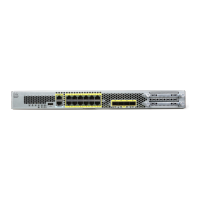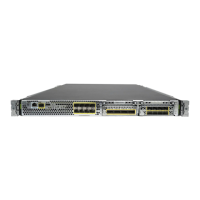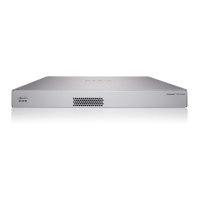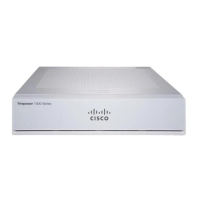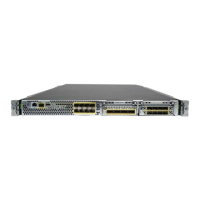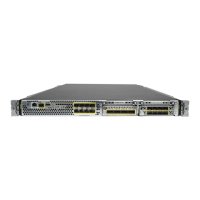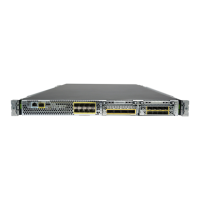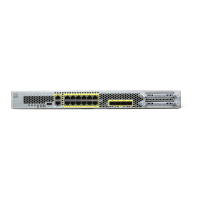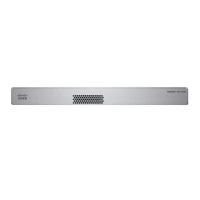9-7
Cisco Security Appliance Command Line Configuration Guide
OL-10088-01
Chapter 9 Configuring IP Routing
Configuring OSPF
If a route matches the match commands, then the following set commands determine the action to
perform on the route before redistributing it.
• To set the metric, enter the following command:
hostname(config-route-map)# set metric metric_value
The metric_value can be a value between 0 and 294967295
• To set the metric type, enter the following command:
hostname(config-route-map)# set metric-type {type-1 | type-2}
The following example shows how to redistribute routes with a hop count equal to 1 into OSPF. The
security appliance redistributes these routes as external LSAs with a metric of 5, metric type of Type 1,
and a tag equal to 1.
hostname(config)# route-map 1-to-2 permit
hostname(config-route-map)# match metric 1
hostname(config-route-map)# set metric 5
hostname(config-route-map)# set metric-type type-1
Configuring OSPF
This section describes how to configure OSPF. This section includes the following topics:
• OSPF Overview, page 9-8
• Enabling OSPF, page 9-8
• Redistributing Routes Into OSPF, page 9-9
• Configuring OSPF Interface Parameters, page 9-10
• Configuring OSPF Area Parameters, page 9-12
• Configuring OSPF NSSA, page 9-13
• Defining Static OSPF Neighbors, page 9-15
• Configuring Route Summarization Between OSPF Areas, page 9-14
• Configuring Route Summarization When Redistributing Routes into OSPF, page 9-14
• Generating a Default Route, page 9-16
• Configuring Route Calculation Timers, page 9-16
• Logging Neighbors Going Up or Down, page 9-17
• Displaying OSPF Update Packet Pacing, page 9-17
• Monitoring OSPF, page 9-18
• Restarting the OSPF Process, page 9-18

